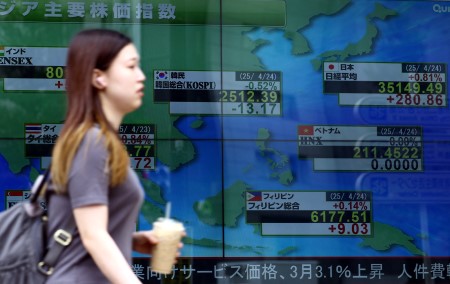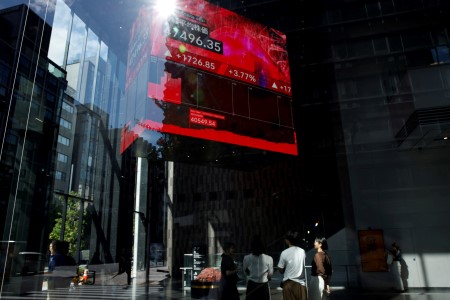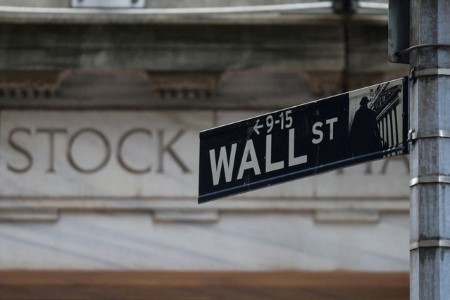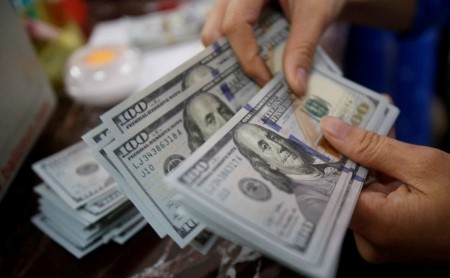HOUSTON – Oil prices steadied on Tuesday as investors weighed a smaller-than-expected increase to OPEC+ output in November against signs of a potential supply glut.
Brent crude futures settled down 2 cents, or 0.03%, to USD 65.45 a barrel. US West Texas Intermediate crude was up 4 cents, or 0.06%, to USD 61.73.
Both contracts settled more than 1% up in the previous session after the Organization of the Petroleum Exporting Countries plus Russia and some smaller producers, together known as OPEC+, decided to increase collective oil production by 137,000 barrels per day, starting in November.
The move was in contrast to market expectations for a more aggressive increase, a sign that the group remains cautious in light of predictions for a global supply surplus in the fourth quarter as well as next year, said ING analysts.
Market sentiment remains subdued, in particular after Saudi Arabia opted to keep the official selling price of its flagship crude to Asia unchanged, defying analyst expectations for an increase, StoneX analyst Alex Hodes said in a note on Tuesday. The Abu Dhabi National Oil Company has set the November official selling price of its benchmark Murban crude at USD 70.22 a barrel, it said on Tuesday, up from October’s OSP of USD 70.10.
On the demand side, India’s fuel demand rose 7% year-on-year in September, according to data from the Petroleum Planning and Analysis Cell of the country’s Oil Ministry.
On the supply side, US oil production is expected to hit a record of 13.53 million bpd this year, up from a prior forecast of 13.44 million bpd, the Energy Information Administration said on Tuesday.
Global oil inventories are also expected to rise through next year as non-OPEC+ countries lead oil output growth, according to the EIA, putting significant downward pressure on commodity prices in the months ahead.
JPMorgan said global oil inventories, including crude stored on water, have risen every week in September, adding 123 million barrels during the month.
In the US, crude stocks rose while gasoline and distillate inventories fell last week, market sources said, citing American Petroleum Institute figures on Tuesday.
Crude stocks rose by 2.78 million barrels in the week ended October 3, the sources said on condition of anonymity.
Gasoline inventories fell by 1.25 million barrels, while distillate inventories dropped by 1.82 million barrels, the sources said.
China is building oil reserve sites at a rapid clip as part of a campaign to boost stockpiles, according to public data, traders, and industry experts.
Geopolitical factors have kept a floor under prices, with conflict between Russia and Ukraine affecting energy assets and creating uncertainty over Russian crude supply.
Russia’s Kirishi oil refinery halted its most productive distillation unit after a drone attack and subsequent fire on October 4, with recovery likely to take about a month, two industry sources said on Monday.
(Reporting by Georgina McCartney in Houston, Enes Tunagur and Robert Harvey in London, Anjana Anil in Bengaluru, and Siyi Liu in Singapore; Editing by Clarence Fernandez, David Goodman, Rod Nickel, Nia Williams, and Deepa Babington)







 DOWNLOAD
DOWNLOAD













